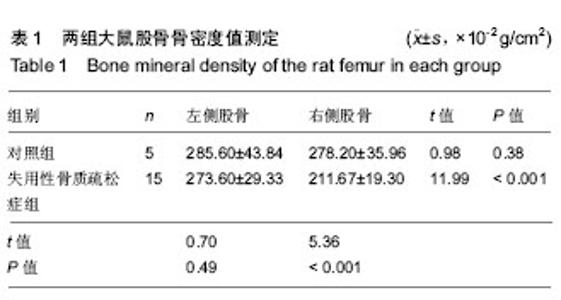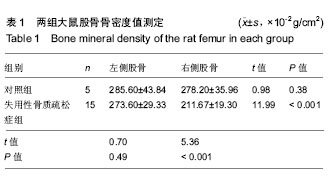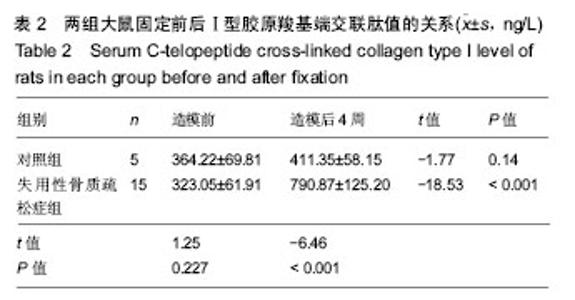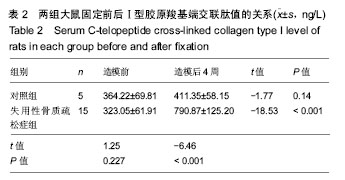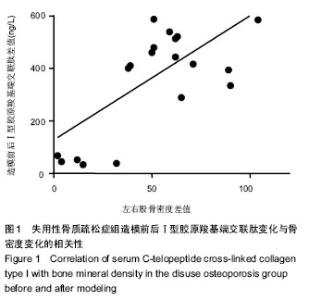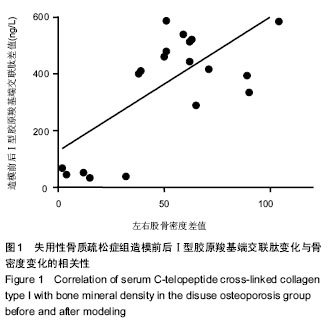| [1] |
Zhang Tongtong, Wang Zhonghua, Wen Jie, Song Yuxin, Liu Lin.
Application of three-dimensional printing model in surgical resection and reconstruction of cervical tumor
[J]. Chinese Journal of Tissue Engineering Research, 2021, 25(9): 1335-1339.
|
| [2] |
Tang Hui, Yao Zhihao, Luo Daowen, Peng Shuanglin, Yang Shuanglin, Wang Lang, Xiao Jingang.
High fat and high sugar diet combined with streptozotocin to establish a rat model of type 2 diabetic osteoporosis
[J]. Chinese Journal of Tissue Engineering Research, 2021, 25(8): 1207-1211.
|
| [3] |
Li Zhongfeng, Chen Minghai, Fan Yinuo, Wei Qiushi, He Wei, Chen Zhenqiu.
Mechanism of Yougui Yin for steroid-induced femoral head necrosis based on network pharmacology
[J]. Chinese Journal of Tissue Engineering Research, 2021, 25(8): 1256-1263.
|
| [4] |
Zeng Yanhua, Hao Yanlei.
In vitro culture and purification of Schwann cells: a systematic review
[J]. Chinese Journal of Tissue Engineering Research, 2021, 25(7): 1135-1141.
|
| [5] |
Hou Guangyuan, Zhang Jixue, Zhang Zhijun, Meng Xianghui, Duan Wen, Gao Weilu.
Bone cement pedicle screw fixation and fusion in the treatment of degenerative spinal disease with osteoporosis: one-year follow-up
[J]. Chinese Journal of Tissue Engineering Research, 2021, 25(6): 878-883.
|
| [6] |
Yang Weiqiang, Ding Tong, Yang Weike, Jiang Zhengang.
Combined variable stress plate internal fixation affects changes of bone histiocyte function and bone mineral density at the fractured end of goat femur
[J]. Chinese Journal of Tissue Engineering Research, 2021, 25(6): 890-894.
|
| [7] |
Li Shibin, Lai Yu, Zhou Yi, Liao Jianzhao, Zhang Xiaoyun, Zhang Xuan.
Pathogenesis of hormonal osteonecrosis of the femoral head and the target effect of related signaling pathways
[J]. Chinese Journal of Tissue Engineering Research, 2021, 25(6): 935-941.
|
| [8] |
Xiao Fangjun, Chen Shudong, Luan Jiyao, Hou Yu, He Kun, Lin Dingkun.
An insight into the mechanism of Salvia miltiorrhiza intervention on osteoporosis based on network pharmacology
[J]. Chinese Journal of Tissue Engineering Research, 2021, 25(5): 772-778.
|
| [9] |
Liu Bo, Chen Xianghe, Yang Kang, Yu Huilin, Lu Pengcheng.
Mechanism of DNA methylation in exercise intervention for osteoporosis
[J]. Chinese Journal of Tissue Engineering Research, 2021, 25(5): 791-797.
|
| [10] |
Xu Dongzi, Zhang Ting, Ouyang Zhaolian.
The global competitive situation of cardiac tissue engineering based on patent analysis
[J]. Chinese Journal of Tissue Engineering Research, 2021, 25(5): 807-812.
|
| [11] |
Wu Zijian, Hu Zhaoduan, Xie Youqiong, Wang Feng, Li Jia, Li Bocun, Cai Guowei, Peng Rui.
Three-dimensional printing technology and bone tissue engineering research: literature metrology and visual analysis of research hotspots
[J]. Chinese Journal of Tissue Engineering Research, 2021, 25(4): 564-569.
|
| [12] |
Chang Wenliao, Zhao Jie, Sun Xiaoliang, Wang Kun, Wu Guofeng, Zhou Jian, Li Shuxiang, Sun Han.
Material selection, theoretical design and biomimetic function of artificial periosteum
[J]. Chinese Journal of Tissue Engineering Research, 2021, 25(4): 600-606.
|
| [13] |
Liu Fei, Cui Yutao, Liu He.
Advantages and problems of local antibiotic delivery system in the treatment of osteomyelitis
[J]. Chinese Journal of Tissue Engineering Research, 2021, 25(4): 614-620.
|
| [14] |
Li Xiaozhuang, Duan Hao, Wang Weizhou, Tang Zhihong, Wang Yanghao, He Fei.
Application of bone tissue engineering materials in the treatment of bone defect diseases in vivo
[J]. Chinese Journal of Tissue Engineering Research, 2021, 25(4): 626-631.
|
| [15] |
Zhang Zhenkun, Li Zhe, Li Ya, Wang Yingying, Wang Yaping, Zhou Xinkui, Ma Shanshan, Guan Fangxia.
Application of alginate based hydrogels/dressings in wound healing: sustained, dynamic and sequential release
[J]. Chinese Journal of Tissue Engineering Research, 2021, 25(4): 638-643.
|
